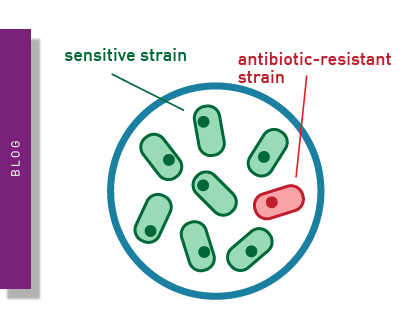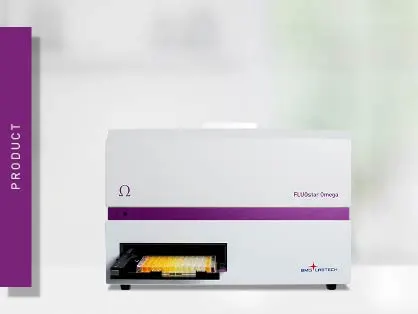The expectations for biotechnology are immense
Biotechnological methods are expected to sooner or later enable us to feed, heal and fuel the world. As is so often the case, sample throughput plays a crucial role and offers microplate readers the opportunity to support biotechnology in its big tasks.
Biotechnology encompasses methods that use cellular and biomolecular processes to improve our lives and health on earth. Without anyone being aware of it, biotechnology has been used successfully for thousands of years - for baking bread or brewing beer, for example. In modern times, many new potential areas of application for biotechnology have emerged.
The best-known example is the production of therapeutic proteins to be used as drugs through genetic engineering. This application belongs to the field of white biotechnology. In genetic engineering, microplate readers are used to confirm the successful integration of relevant sequences into the genome of the organism with modern molecular biology through gene reporter assays, or the quantification and characterisation of the produced molecules. To keep the process as cost-efficient as possible, regular sampling is necessary to investigate cell viability and metabolism in eukaryotes as well as metabolism in bacteria - these can be performed with high reproducibility on microplate readers. Recent approaches also use genetic engineering to develop novel biosensors, like shown in the AppNote: Identification of single-cell immunophenotypes with biocytometry.
In medical (red) biotechnology, high prevalence of diseases like viral infections advent high-throughput screening (HTS) for drug discovery. Here microplate readers are an essential support thanks to very fast readout times, as offered by the PHERAstar® FSX, and high sensitivity even at very low sample volumes using plates with up to 3456 wells. In addition, BMG LABTECH's microplate readers can be integrated into automated systems that allow full automation of the entire workflow. Based on genetic engineering in plants or prokaryotes, a lot of research is currently being done in the field of gene delivery, which pursues to correct genetic errors in human beings. For this, carriers, like extracellular vesicles are investigated.
In green biotechnology, plants and other photosynthetic organisms are used to improve agricultural crops e.g., to increase the content of ingredients such as sugar or antioxidants in food and beverages, or to manufacture industrial products such as detergents, paper or biofuel.
The origin of every biotech application – the use in food production, to make wine, beer and cheese by fermentation - is described by yellow biotechnology. Here, too, microplate readers are used to monitor the growth and metabolism of microorganisms and for alcohol quality testing on a large scale.
The enormous variety of biotechnological applications can only be served by the equally large variety of possible methods with microplate readers. And one thing is already clear: the list will continue to grow.

























